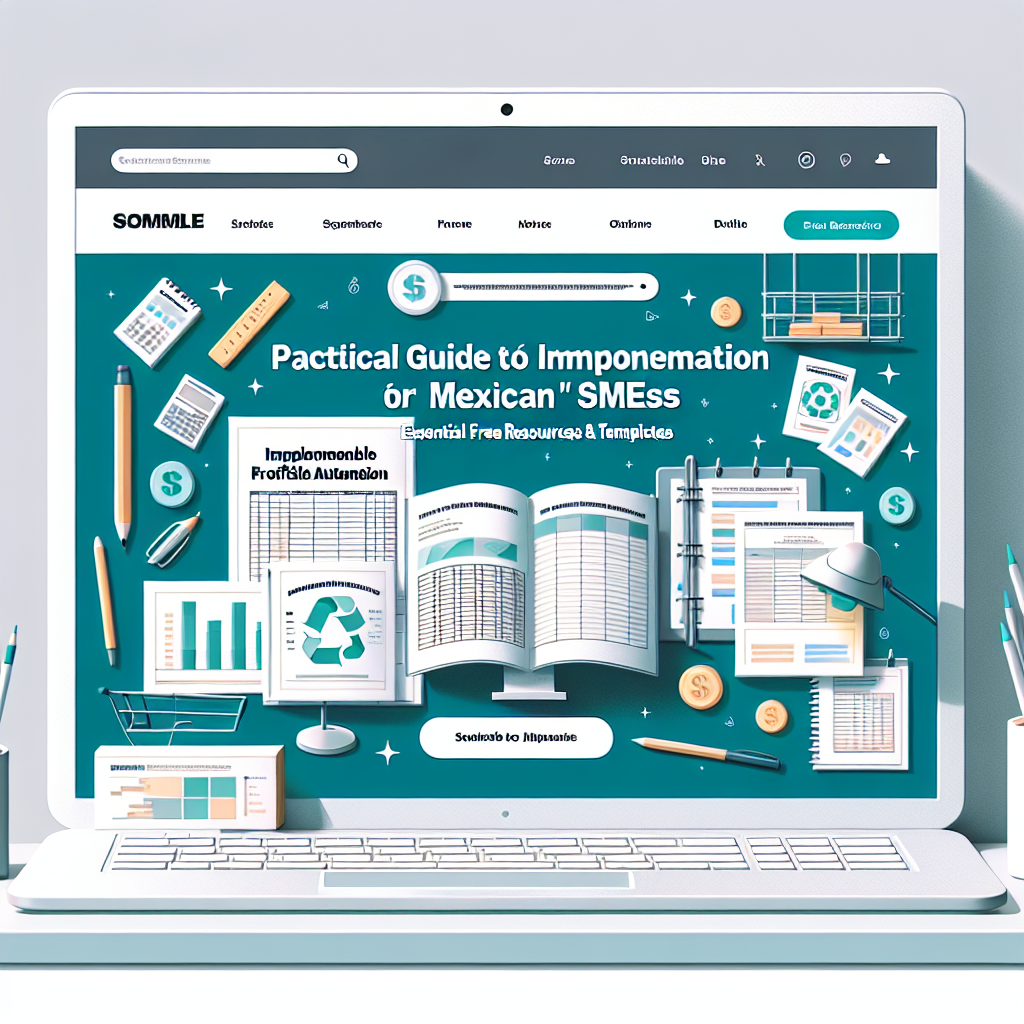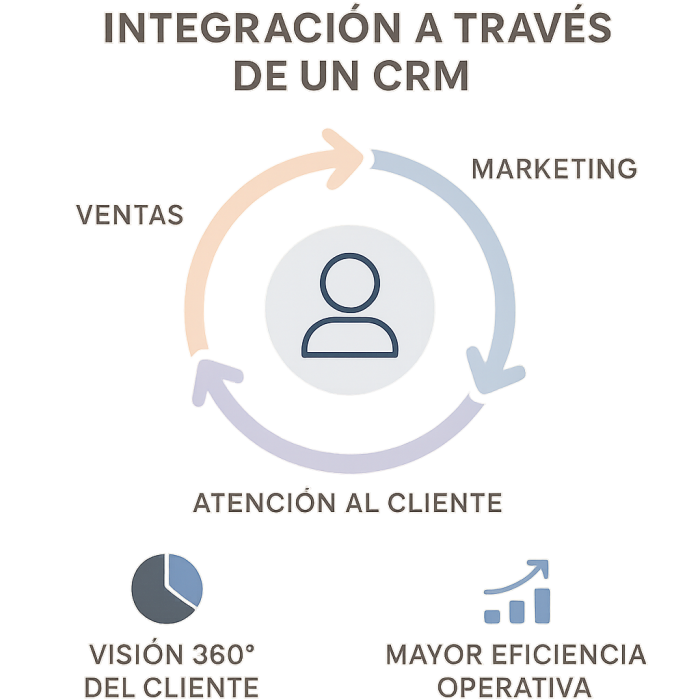- Why is it essential to adapt Free Resources, Templates and Guides to the industry?
- Steps to customize templates according to your sector
- Practical examples of adaptation
- Mistakes to avoid when modifying resources
- Key findings
- Discover more free resources
- Workflow optimization
- Better alignment with local regulations and standards
- Meeting customer and partner expectations
- Reducing risks and errors in implementation
- Analyze local requirements: Identify regulations, procedures, and mandatory formats for your industry.
- Add or remove sections: Integrate relevant sections and eliminate unnecessary ones to avoid information overload.
- Include your business details: Add logo, footer, contact information, and specific legal disclaimers.
- Adapt technical language: Adjust terms and jargon to make them familiar and understandable to those who will use the template.
- Validated by experts: Ask industry professionals for feedback to refine the final version.
- Tech companies: Include intellectual property agreements and NDAs in contract templates.
- Commerce: Add sections for tax records and inventory management to free spreadsheets.
- Health services: Ensure compliance with data protection regulations (such as the General Law on the Protection of Personal Data) in medical record formats.
- Failure to update legal content: Using terms inconsistent with current regulations may result in penalties.
- Ignoring user experience: Complex or unintuitive templates discourage internal use.
- Lack of validation: Deploying resources without review can result in inconsistencies or loss of information.
- Forgetting periodic updates: Keep formats up to date as standards and trends change.
- Customizing free resources is critical to maximizing their value and usability in any industry.
- Analyze, adapt, and validate each template based on the specifics of your industry.
- Avoid legal and operational errors through regular reviews and a focus on user experience.









